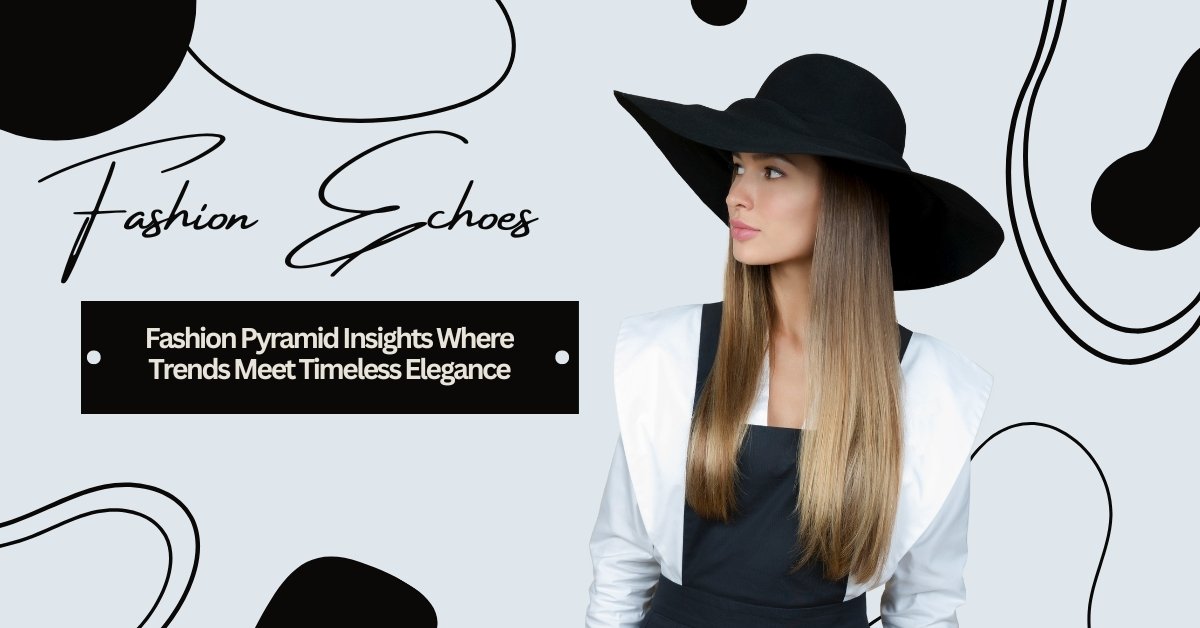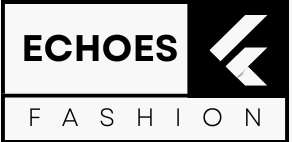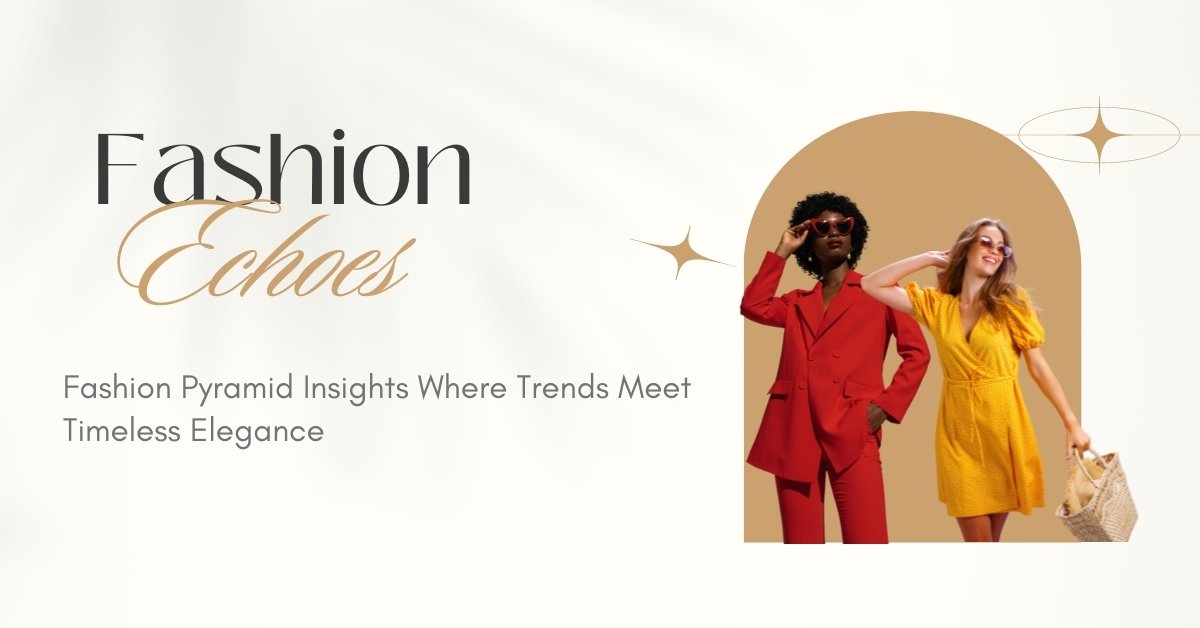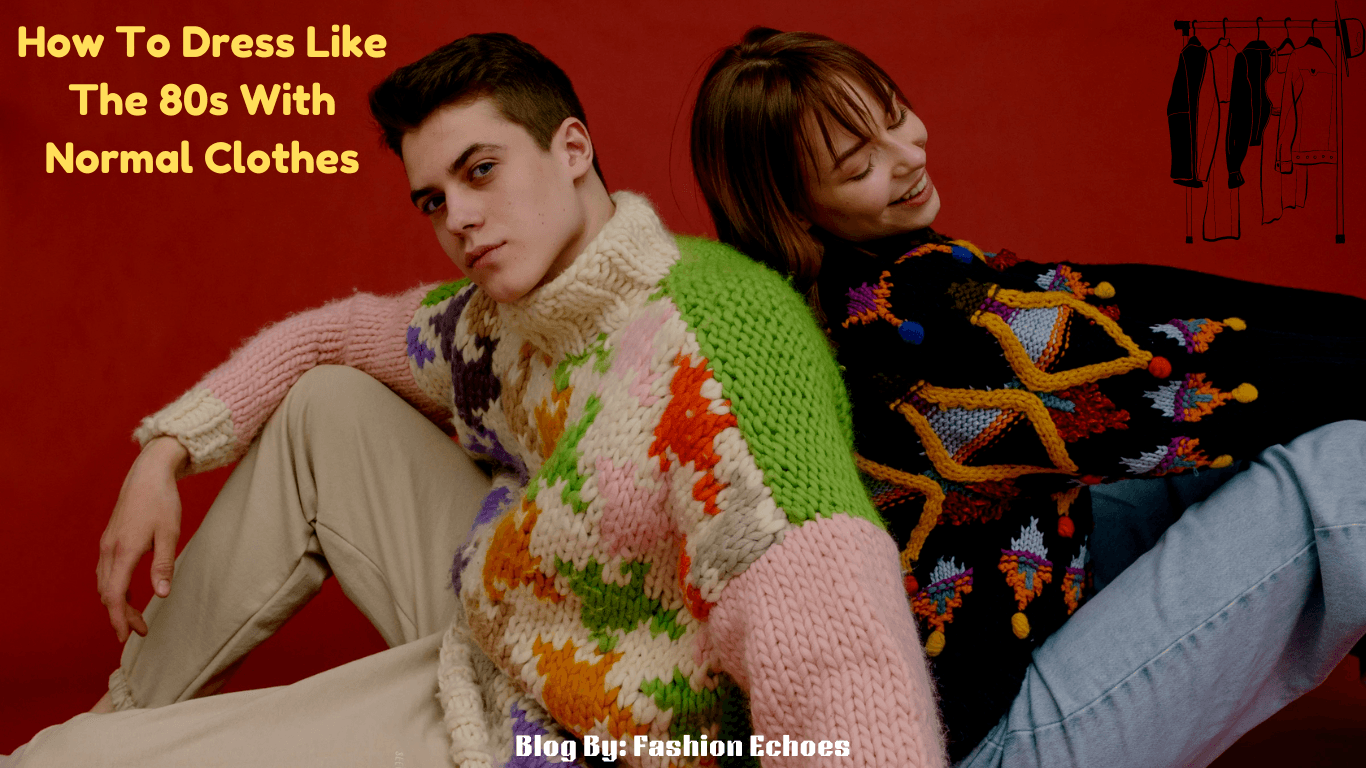The fashion pyramid is a fusion, with many different brand players and levels of influence. At the top of this industry is the fashion pyramid, a hierarchy that dictates the power and influence of other fashion brands. This article will break down the fashion pyramid and explain its worth in the fashion industry.
[lwptoc]
What is The Fashion Pyramid of Brands?
The Fashion Pyramid model provides a framework for brands to position themselves effectively within the market. Its five well-defined levels are Mass Market, Bridge Fashion Brands, Diffusion, Ready-to-Wear, and haute couture. The pyramid demystifies the hierarchy within the sartorial sphere.
Each level represents a different fashion industry segment, catering to a unique set of consumer preferences and financial brackets, from the affordable, trend-driven mass-market segment to the luxurious, bespoke domain of haute couture.
The Importance of the Fashion Pyramid
The fashion pyramid is important because it dictates the power and influence of different fashion brands and reflects the consumer’s buying habits and preferences. Fast fashion brands may have a larger customer base, but designer and haute couture brands hold more prestige and influence in the industry.
The fashion pyramid also influences fashion brands‘ sustainability and ethical practices. Fast-fashion brands are often attacked for their negative impact on the environment and labor practices, while designer and haute couture brands are expected to uphold higher standards.
The Five Levels of The Fashion Pyramid of Brands
The hierarchy aligns with Maslow’s hierarchy in that luxury items at the top correspond to self-fulfillment desires, while mass-market items cater to basic physiological needs. The Fashion pyramid is structured with the most exclusive and expensive brands at the top and the most accessible and affordable brands at the bottom. The five key main segments include:
Haute Couture/Supreme Luxury: This category, at the top of the pyramid, includes bespoke, handcrafted pieces made by leading fashion designers for an elite clientele. Examples include Chanel and Hermès.
Ready-to-Wear (RTW)/Aspirational Luxury: Below haute couture are high-quality, designer clothes produced in standard sizes. Brands like Gucci fall into this category.
Diffusion/Accessible Luxury: These brands offer more casual and widely produced designs inspired by RTW but at lower prices, targeting a younger demographic. DKNY & Marc by Marc Jacobs are examples.
Bridge/Premium: This segment bridges the gap between high-end and mass-market brands, offering good quality at higher prices than mass-market brands. Coach and Diesel are bridge brands.
Mass Market/Masstige: At the base of the pyramid, this segment targets the broadest audience with trendy, affordable fashion. Fast fashion brands like Zara and H&M are in this category.
At the pinnacle of this fashion pyramid sits haute couture, which epitomizes the highest level of luxury with exclusive, made-to-measure pieces that showcase exceptional craftsmanship and attention to detail. This level includes custom-fitted, made-to-order clothing created with exceptional craftsmanship and high-end materials. The pieces are often one-of-a-kind, involving painstaking manual work, and can be seen as wearable art. Haute couture targets an elite clientele that values individuality and is willing to pay premium prices.

History of Haute Couture:
Haute couture is characterized by its custom-fitted designs, frequently trend-setting, created by fashion houses or designers for a wealthy clientele. These garments are unique and produced in limited numbers, adhering to strict guidelines set by the Chambre Syndicale de la Haute Couture in Paris.
To be considered a haute couture designer, one must employ at least 15 people and present a collection twice a year. The term has also been used to describe high-end fashion made to order, regardless of whether it is produced in Paris or other fashion capitals like New York, London, or Milan.
Haute Couture brand examples
HERMES
Chanel
Valentino
Christian Dior
Givenchy
Saint Laurent
Fendi Couture
Giorgio Armani Privé
Jean Paul Gaultier
Schiaparelli
Descending the fashion pyramid, we encounter Ready-to-Wear (RTW) or Pret-a-Porter, which offers high-quality, designer clothing in standardized sizes. These clothes are produced in standard sizes and limited quantities, allowing for a degree of exclusivity but more accessibility than Haute Couture. RTW brands maintain high quality and creativity and are often part of luxury fashion houses. They cater to consumers who appreciate designer labels but don’t require the bespoke nature of Haute Couture.
History of Ready-to-Wear
Ready-to-wear, or pret-a-porter, was created in response to the growing demand for accessible fashion. This term refers to garments mass-produced in standard sizes and sold in finished condition, differing from the made-to-measure approach of haute couture. Ready-to-wear has roots in the 19th century, with the first ready-made garment factory opening in New York City in 1831.
The industry saw significant growth during the American Civil War due to the need for uniforms and continued to expand in the following decades. By the early 20th century, ready-to-wear became widely available for women, sparking a revolution allowing affordable and fashionable clothing accessible to all classes.
Ready-to-wear brand examples
Yves Saint Laurent
Max Mara
Bottega Veneta
Louis Vuitton
Calvin Klein
Tommy Hilfiger
Brunello Cucinelli
Jacquemus
Loewe
Alexander McQueen
Levi’s
Burberry
Diffusion brands, also known as Second Young Lines or Accessible-Luxury, aim to reach a wider audience at more affordable prices while still drawing inspiration from the RTW collections. These brands offer premium quality products at higher prices than mass-market brands and cater to a younger demographic.
History of Diffusion Brands
Diffusion brands are secondary lines created by high-end fashion houses or designers that retail at lower prices than their signature collections. These diffusion lines allow luxury brands to reach a broader audience by offering similar styles at a reduced cost, using less expensive materials, and producing larger quantities. Examples of luxury brands with diffusion lines include Armani, Moschino, and Marc Jacobs.

Diffusion brand examples
Armani Exchange
Miu Miu for Prada
CK by Calvin Klein
Balmain’s Pierre Balmain
ESSENTIALS by Fear of God
Marc by Marc Jacobs
McQ by Alexander McQueen
Off-White’s For All
A Bathing Ape diffusion line
Bridge Bands:
The Bridge segment bridges the gap between the high-end fashion pyramid and mass-market retail, targeting consumers looking for better-quality goods without the steep designer prices. These brands balance creativity and value, offering high-quality fashion attainable for middle-income buyers.



